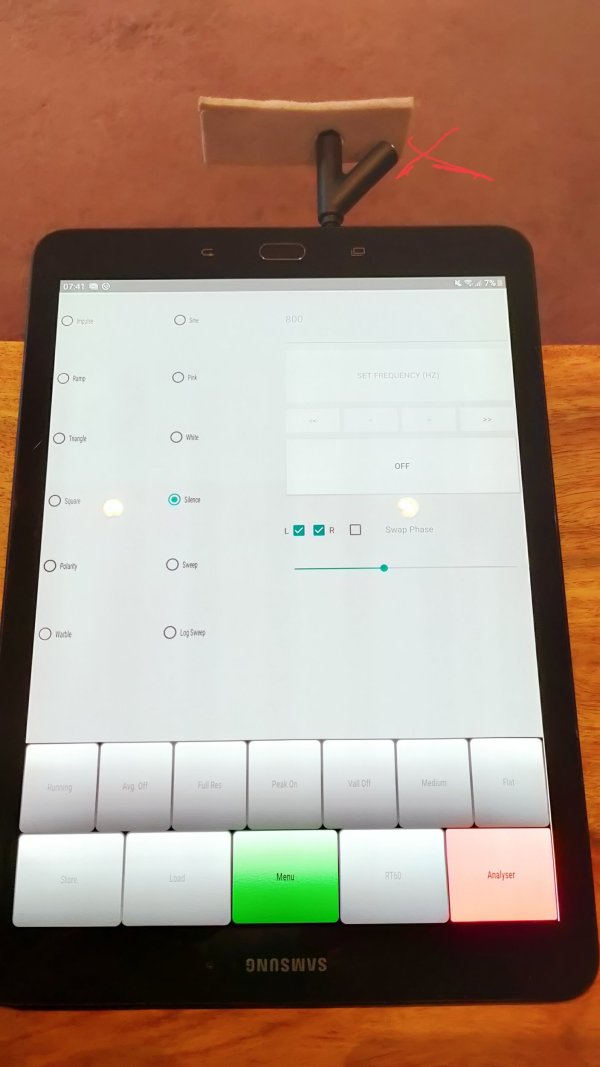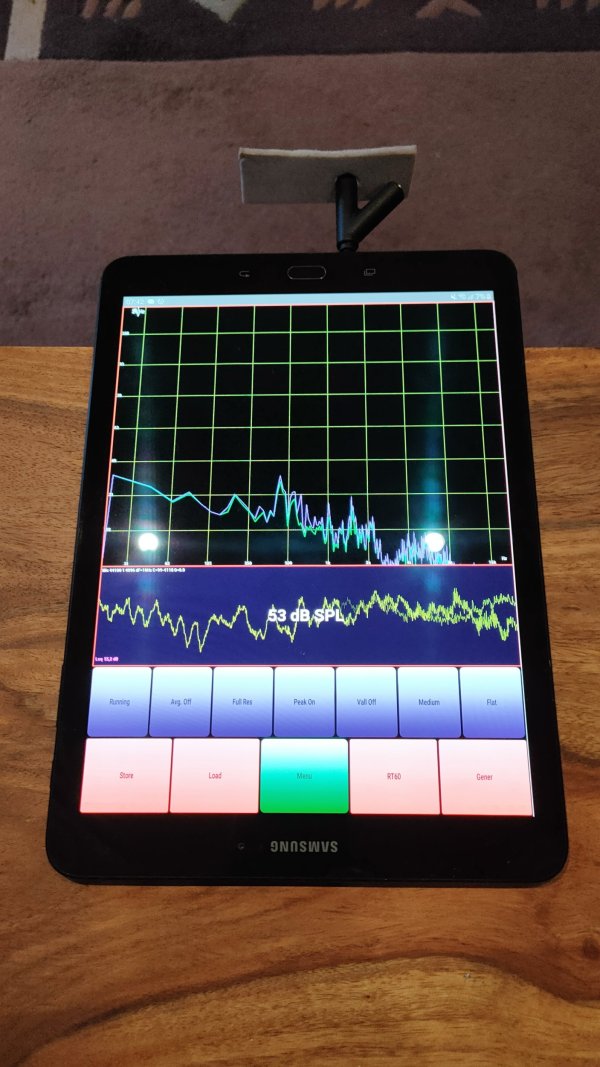Usually impulse response is more of a time-domain thing.I was told we will also take impulse response. Not sure if thats for phase or what.
However some measurement that deviates from the “Dirac Delta Function” can show, or give insight into, group-delay.
A step function sort of gives a glimpse of phase, but maybe in a 0/180 sense.
There are more phases than 0 and 180, and some of the subwoofer improvement can benefit from both phase and “group delay EQ”, which is also phase.
It is all pretty easy on paper.
In a room, with walls, and real gear… it often gets a bit more nuanced.





















